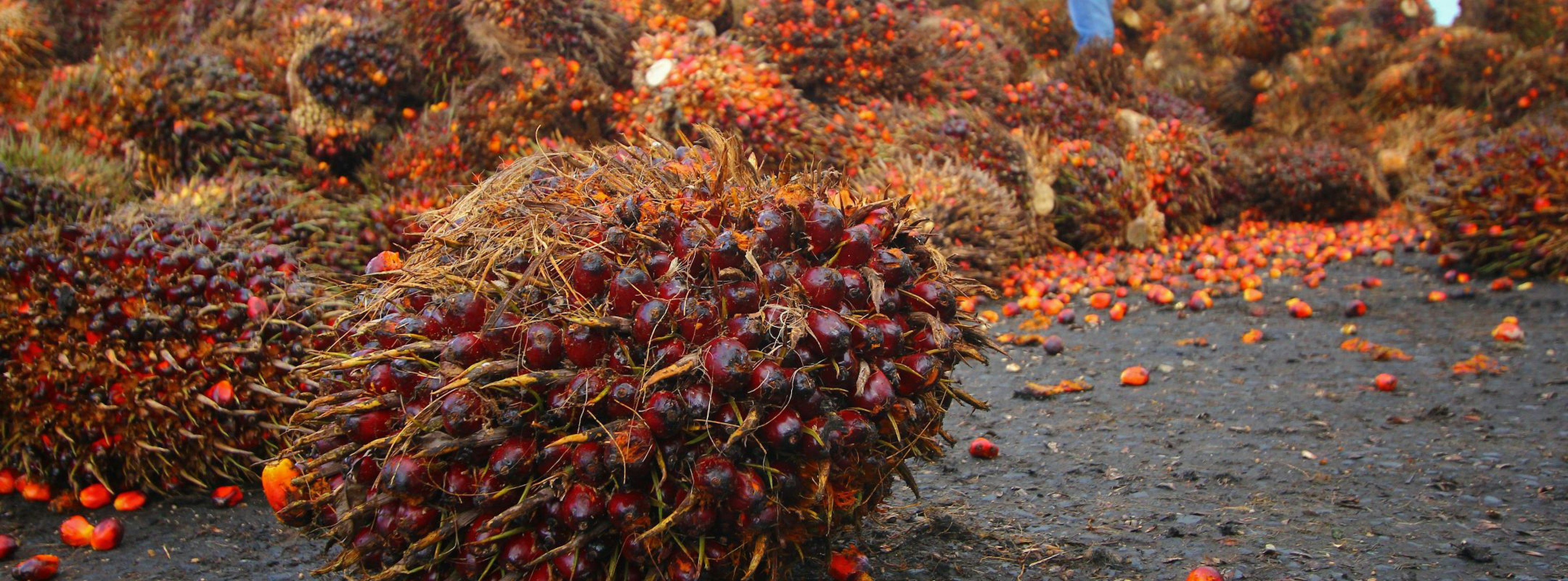Indonesian palm oil exports and deforestation
7 Oct 2024
10 min read
Deforestation associated with the palm oil sector in Indonesia increased slightly in 2022 after falling for nearly a decade, according to the latest Trase data. Greenhouse gas emissions linked to palm oil production on carbon-rich peatland account for a substantial portion of the country's total climate impact.

KYTan / Shutterstock. Indonesia is the world's largest exporter of palm oil.